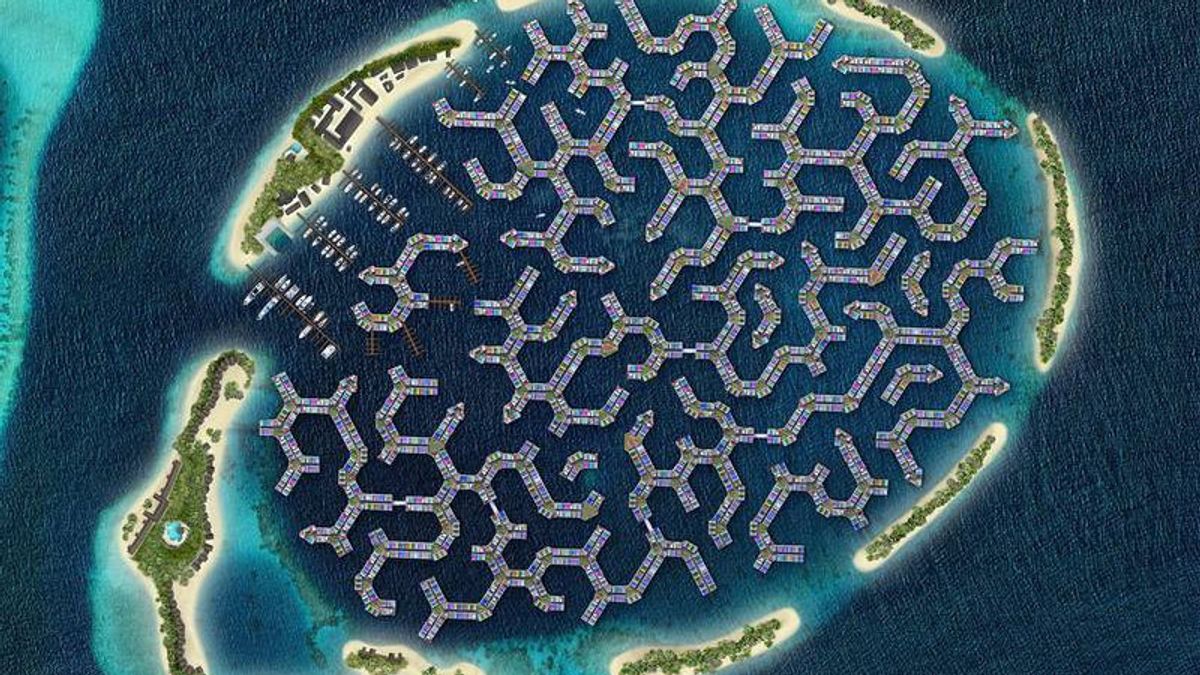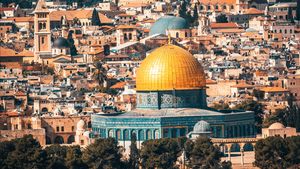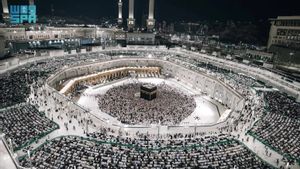JAKARTA - The Maldives will soon be home to one of the world's first floating cities. Located in a warm water lagoon close to the capital, Male, this new district will feature thousands of waterfront residences built on a flexible and functional network.
Later, it is planned that up to 20,000 people will inhabit the buildings in the area, which will consist of a series of floating hexagonal structures.
Inspired by the traditional shipping culture of the Maldives, the Floating City of the Maldives will also be home to world-class hotels, restaurants, boutiques and ports.
The project has been under research since 2009 and will be fully completed in 2027. The project was conceptualized by the Dutch architectural firm Waterstudio, in collaboration with the Government of the Maldives and Dutch-based developer Dutch Docklands.
It is believed to be the world's first floating city to be built as an island, with similar projects testing waters off South Korea and the Netherlands. Smaller floating communities can also be seen around the world from Peru to Vietnam.

Dubbed “next generation marine urban development” that can withstand rising sea levels, the island will be able to respond to the impacts of climate change. This is very important, considering that 80 percent of the Maldives is less than one meter above the sea.
As a result of these conditions, it is estimated that most of the islands will be uninhabitable by 2100 due to rising sea levels in the region. This makes safety and stability the main considerations in creating a floating structure of this size.
"The forces of nature, waves, extreme weather and sea level rise for 100-year predictions must be engineered first," explains the Waterstudio website, reported The National News June 28.
"Rigidity versus flexibility and a mooring system that can divert all extreme forces are the basis of the design of a floating city. The foundation of a single structure city acts as a massive massive ship, which has to handle enormous forces. By dividing the city into elements these forces can be dealt with by more effective way with minimal risk."
The design is inspired by brain coral, a type of marine organism that due to its round shape and grooved surface, resembles a human brain. The project deliberately takes design cues from nature and respects its marine environment.
Artificial reef ledges will be installed at the bottom of the floating city to stimulate natural coral growth. Meanwhile, submerged and protected coral reefs will become natural breakwaters.

"The Floating City of the Maldives does not require land reclamation, so it has minimal impact on coral reefs," explains Mohamed Nasheed, president of the Maldives who served from 2008 to 2012.
"What's more, new giant corals will grow to act as breakwaters. Our adaptation to climate change should not destroy nature, but work with it as the Floating City of Maldives proposes. In the Maldives, we can't stop the waves, but we can bounce back. with them," he said.
The island is described as a boating community, with canals as the main transportation infrastructure and providing multiple access points. No cars are allowed on the island's white sandy roads, only bicycles, electric cars, buggies and scooters are noise free.
Sales of the property will start soon and it is expected that the first occupants will be able to move to the island by 2024. Each dwelling will be 100 sqm in size, have its own pier and roof terrace. They will be priced from 250,000 US dollars.
The project also offers a "world-class ownership structure that is transparent, value-based and legally binding," according to Waterstudio, allowing international buyers to live here permanently.
The English, Chinese, Japanese, Arabic, and French versions are automatically generated by the AI. So there may still be inaccuracies in translating, please always see Indonesian as our main language. (system supported by DigitalSiber.id)













